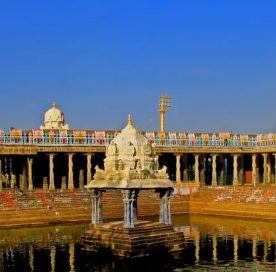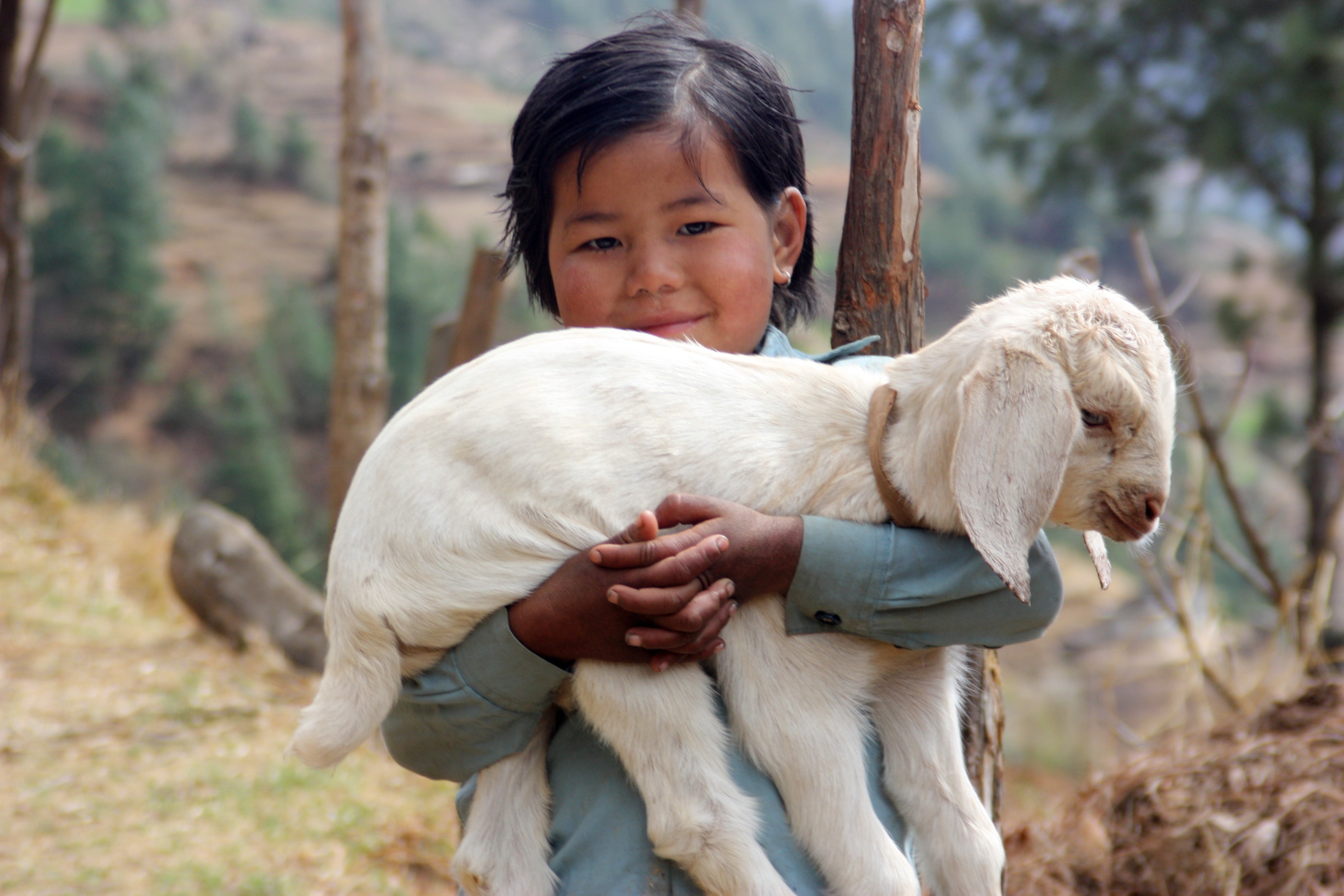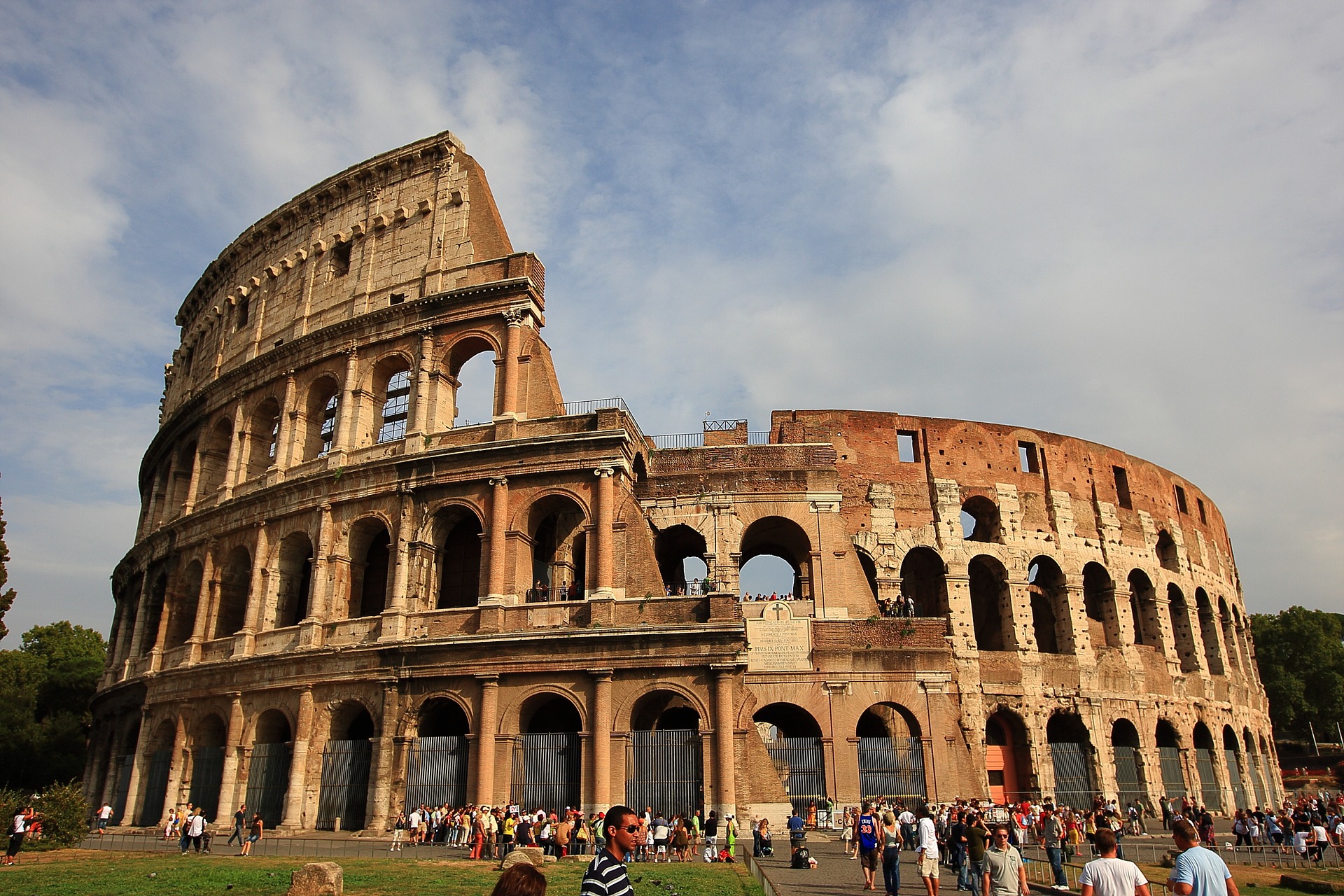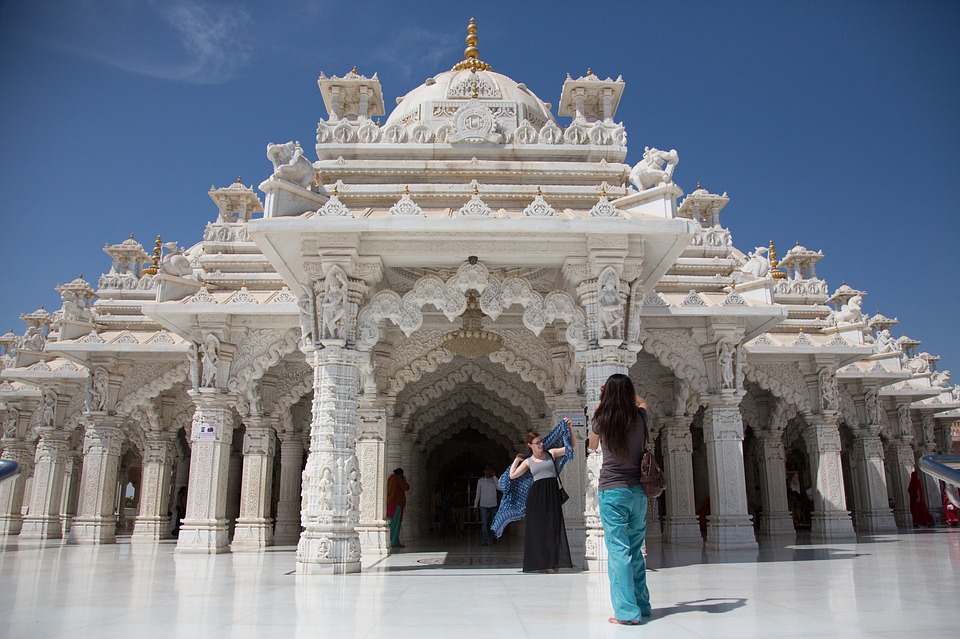As I said, the stories of the Roopkund trek are overwhelming. Beyond the S-shaped twists and turns and unpredictable terrain, the Roopkund Lake mystery makes the trek unique. It’s unbelievable how a lake associated with Lord Shiva and Parvati can harbor stories of human destruction for years.
In the first part of the Roopkund Trek journey guide, I discussed the itinerary, timing, and other practical tips. Here, I will talk about the legends, the highlights of the journey, safety measures, and other details.
So, let’s take a deep dive and explore the Roopkund Trek mystery.
Roopkund Trek Mystery And The Never-ending Tales Of Mythology (Stories Of Love And The Triumph Of Good Over Evil)

“Great things are done when men and mountains meet.” No place under the Sun justifies these words of William Blake as Roopkund does.
At the core, this glacial lake has the eternal love story of Lord Shiva and his consort, Goddess Parvati. They are also the divine masculine and feminine energies. So, this lake celebrates the greatest of union.
Any clue? Honeymooners?
Nevertheless, this is how the stories go.
Story 1: Lord Shiva And Parvati
Goddess Parvati and Lord Shiva were on their way to Kailash after killing evil demons. Tired, Goddess Parvati wanted to have a bath at this place.
Lord Shiva used his trident to create a lake (Kund), and he guarded it while his wife took a bath. The Goddess saw her reflection in the lake’s crystal clear water, and even other deities were enchanted by the reflection of the Goddess’s beauty (Roop) in the water.
This is how the lake got known as Roopkund or Roop Kund.
Story 2: The Story Of Maa Durga And Mahishasura
Born of the union of Rambha (the King of the Asuras) and Mahisi (a she-buffalo), Mahishasura was a demon who could shift forms.
He meditated for years to impress Lord Brahma with his devotion. Lord Brahma (the creator of the universe (according to Sanatan Dharma), gave him the boon of immortality (with a catch, of course!).
However, the fearless Mahishasura continued his atrocities and even drove the Gods and Goddesses away from their abode. To combat Mahishasura, a new Goddess (Devi Durga, the invincible) was born, uniting the power of Lord Vishnu, Brahma, and Shiva (the Holy Trinity).
According to myths, Goddess Durga killed Mahishasura in Bedni Kund, a lake near Bedni Bugyal, an Alpine meadow, and an important destination on the way to Rookund from Kathgodam.
The elderly locals also told me they believed the four Vedas were written in Bedni Bugyal.
| Bedni Bugyal has become a popular trekking destination in recent years. Today, Maa Nanda and Lord Shiva are worshipped here. Further, every 12 years, devotees carry the palanquin of Maa Nanda from Bedni Kund to Roopkund. This festival is “Nanda Devi Raaj Jaat Yatra.” The previous Nanda Devi Raaj Jaat Yatra took place in 2014, and again, it will happen in 2026. This is a 280 Km journey or Yatra, taking place in 3 weeks. |
There is another story regarding the creation of Bedni Kund. Lord Shiva is said to have married a beautiful woman, Nanda, from the Nauti Village of Chamoli (in Uttarakhand). They were moving to Homkund, or the abode of Lord Shiva, after their marriage.
However, Nanda Devi felt thirsty, and her husband, Lord Shiva, created a lake for her to drink water. This lake became famous as Bedni Kund.
Story 3: The Story Of Maa Durga And Lohasur
Lohajung, a cottage village, is where your journey to Roopkund starts from. According to myths, Goddess Durga killed Lohasur (a demon) in a battle (Jung) here.
Thus, the place got its name as Lohajung.
Roopkund Trek Mystery: A Journey To The Skeleton Lake | An Unsolved Riddle

Roopkund Lake is also called Skeleton Lake, as many human skeletons are found along its borders.
| A British Forest Ranger, Hari Kishan Madhwal, discovered the human skeletons scattered around Roopkund. Thus, the lake became known as Skeleton Lake. |
“Yahan Pe Devi Ka Shrap Hai (The Goddess curses this place).” This is what my guide uttered when I asked him about the skeletons. So, this must be a local and more convenient story like thousands of myths associated with religious places.
However, much research and analysis have been done to determine how and why many skeletons have come here. So, there are multiple versions of the story behind it, including the tales of a fallen kingdom.
| “We, the locals, always knew about the skeletons. My grandfather used to say that these are 700-800 years old. We also knew that humans got killed and turned into stones by the curse of Nanda Devi here. Our forefathers tried to hide it from the world as we did not want any controversy on the way to “Baba Ka Ghar,” (Roopkund is in the Trishul massif of the Himalayas, and the Trishul Massif is known as a sacred abode of Lord Shiva). However, for the last twenty years, I have seen people coming for their research of the skeletons. For us, these are the outcomes of committing sins to the Devi.” An Excerpt from my conversation with Ramesh, a local porter and guide. |
Roopkund Lake Mystery: Version 1
Let’s start with what localities believe about the presence of skeletons near Roopkund.
In 850 AD, the king of Kannauj, Raja Jasdhaval, and his pregnant wife journeyed to the Nanda Devi Shrine through Roopkund. Earlier, the Devi visited Kannauj, and furious with the behaviors of the king and queen, she cursed the kingdom with droughts and floods.
All the crops also had maggots. So, to seek an apology from the Goddess, the King and the Queen started the journey.
However, many courtesans and dancers accompanied the king and queen to the shrine. The Goddess was unhappy to find the king engrossed in earthly pleasures, even on a holy journey. So, she pushed the courtesans into the hell or underworld.
Further, she created a blizzard or a whirlwind to sweep everyone else (except the king) to the lake through the Path of Death.
| The pits through which the courtesans fell to hell are still visible from this place. Patar Nachuni is a campsite on the way to Roopkund. Patar Nachuni literally translates to stone (Patar) dancer (Nachuni). This is the place where Nanda Devi cursed the dancers. The Goddess saved the King of Kannauj, and since then, it has been a custom for the people of this region to make a journey to the shrine every 12 years, barefoot and with bare necessities. Mountain Goddess: Gender and Politics in a Himalayan Pilgrimage by William S. Sax is a wonderful account of the Roopkund Lake, Nanda Devi, local life, and anthropology. |
The localities believe that anyone who disrespects the Goddess will have a fatal turn of events in their lives.
Roopkund Lake Mystery: Version 2
When the skeletons were found in 1942, the British Government here thought them to be Japanese soldiers on a secret invasion plan.
However, the apparent age of the skulls and skeletons dismissed the idea. Further, in 1956, the Anthropological Survey of India collected some samples from here. The skeletons were found to be five to eight hundred years old after a carbon dating analysis.
Roopkund Lake Mystery: Version 3
Some people believed that these people were peddlers or a part of the army, and they got lost. This place has Keeda Jadi, or a medical mushroom, and it is possible to lose track of roads and lose lives in the pursuit.
Some Other Highlights (Findings) About The Skeletons Near Roopkund: Roopkund Lake Mystery
⦿ The skulls had similar injuries caused by similar objects.
⦿ There were no bacterial infections in these skulls, eliminating the chances of any epidemic and disease outbreaks.
⦿ These skeletons here come from accidents that took place 1000 years apart from each other.
This Is What The 2019 Research Found Out About The Roopkund Lake Mystery
In 2019, major advancements happened in finding the source of skeletons near Roopkund. Thirty-eight skeletons were collected, and DNA sampling revealed that those people belonged to Eurasia (mainly Greece), the Indian subcontinent, and South Asia.
Regarding the test and the use of mitochondrial haplogroup in it, Dr Thangaraja of the Centre for Cellular & Molecular Biology (CCMB) said,
“We used the DNA from the mitochondria, known as the mitochondrial DNA. This DNA is transferred from one individual to another maternally, from mother to child, via the egg cell. Therefore, it is helpful to trace back DNA in a singular lineage across generations.”
| The study of skeletons from the Roopkund Lake was India’s first ancient genomic study. It happened at the Centre for Cellular & Molecular Biology in Hyderabad. |
However, the mystery of the skeletons in Roopkund is still intact. Many question the availability of very few samples eligible for test and the rampage of extreme weather conditions here. Further, the place remains unpreserved.
So, the mystery lives on!
| Veena Mushrif-Tripathy was a part of the 2004 investigation in Roop Kund. She said the pilgrim theory was widely accepted as there were no weapons. The absence of weapons established that the people who died were not soldiers. |
Is Rupkund Trek Banned? Here’s Why
No, the Roopkund trek is not banned. However, according to the high court order on 28th August 2008, you cannot camp in the meadows.
So, some trek organizers are going for something other than the treks. Still, the Rupkund treks are on, and if you have prior experience, you can also go for the locally–guided tours to witness the Roopkund Lake mystery.
Roopkund Trek Mystery: Things You Must Not Miss

It’s hard to put the highlights of the Roopkund trek into words. If I write a travel book now, the Roopkund trek will occupy the most pages.
What have been the highlights of my trek to Roopkund? I have learned about the Himalayan traditions, experienced nature’s bounty, and listened to human stories.
When Ramesh tells his stories, and his father takes a puff of a roll made of local herbs sitting in the courtyard (they call it Chauk), I can smell my grandfather taking snuff. The stories are so different; they are on planes miles apart, yet similar.
Nature At Its Best At Roopkund Trek

The trek to Roopkund is adventurous, to say the least. Trekking through the steep ascends and descends will give you an adrenaline rush.
Further, you can behold the following mountain peaks throughout your journey.
⦿ Trishul
⦿ Chaukhamba
⦿ Nanda Ghunti
There is a ban on Camping in Bedni Bugyal in Ali Bugyal. However, that does not stop you from cherishing the lush greenery and thriving lives.
A Canvas Painted By Many Lives
There is no wonder that Chamoli is the birthplace of the famous Chipko Movement. I saw the dense forest of Rhododendron and oak Through my trek route.
Sadly, I could not see Brahma Kamal. You must be here in the monsoon to see these sacred flowers blooming. However, you will see many wildflowers bloom in the Alpine meadows.
These meadows and forests are home to many birds, mammals, and other animals. I loved the Himalayan monals, rose finches, and warblers.
| Ali Bugyal, the twin Alpine meadow of Bedni Bugyal, is Asia’s finest high-altitude grassland. |
The Himalayan marmots looked adorable. Further, seeing a snow leopard making a distant pass was the wildest dream I had ever lived. But it’s like a blink, and you miss it. So, sadly, I don’t have a photograph of that majestic animal.
Being Familiar With The Culture Of The Garhwal Region
Unique architecture, warm hospitality, and endless stories are the most fascinating things about the houses here. They are hardworking, and here you will find the best carpets and woollen handicrafts.
And oh my God! How can I forget the food I had at Ramesh’s place? I had rice and Jholi. The curry was thin but flavorful, with the right touch of red chilies and Hing (Asafoetida). Further, the Khoya Mithai, or the desert, was out of the world.
They called it Bal Mithai. With sugar coating and poppy seeds, this delicacy is better than any chocolate fudge.
Stay Safe During The Roopkund Trek! Explore The Roopkund Lake Mystery To The Fullest

Roopkund trek is not an easy journey to make. The continuous ascents and descents and changing weather conditions make it quite perilous. However, it is hard to avoid the allure of the Roopkund Lake mystery.
So, I have made a safety checklist as you start for your destination at a height of 5000 meters.
⁍ Work On Your Physical And Mental Fitness Before Exploring The Roopkund Trek Mystery
Like any other major trek, the way to Roopkund will throw major challenges at you. So, prepare for your mental and physical endurance at least one month before your trek.
For physical endurance, talk to a fitness expert or a mountaineering trainer. You need a good mix of cardio, core, and leg exercises.
Further, meditation and Yoga will keep you focused throughout the journey.
⁍ Drink A Lot Of Water
Hydration is key to keeping your muscles working and providing an adequate supply of oxygen. Here are the things you need to keep yourself hydrated throughout the journey.
⦿ Purified drinking water
⦿ Bottles (Don’t throw them randomly as you must abide by the “Leave No Trace” policy.)
⦿ Water Purifying Tablets
⦿ ORS Supplements
Further, much before the expedition, start working on your diet. Cucumbers, watermelons, broccoli, and spinach are some food items that will give your body hydration. In addition, they will help you to keep your weight in check.
⁍ Acclimatization Is Essential
The altitude of Roopkund is more than 5000 Meters, and you may experience acute mountain sickness (AMS).
So, it’s better to go slow and spend at least a day or two in Lohajung or Wan Village before trekking.
Nearest Rail Station And Airport For Roopkund Trek
Roopkund is in the Nanda Devi National Park in the Chamoli District of Uttarakhand. The nearest rail station to Roopkund is Kathgodam Railway Station. From there, you have to reach Lohajung by road.
Jolly Grant Airport in Dehradun is The nearest airport to Roopkund or Mystery Lake. You must reach Ranikhet or Kathgodam by road to start your trek from Lohajung.













